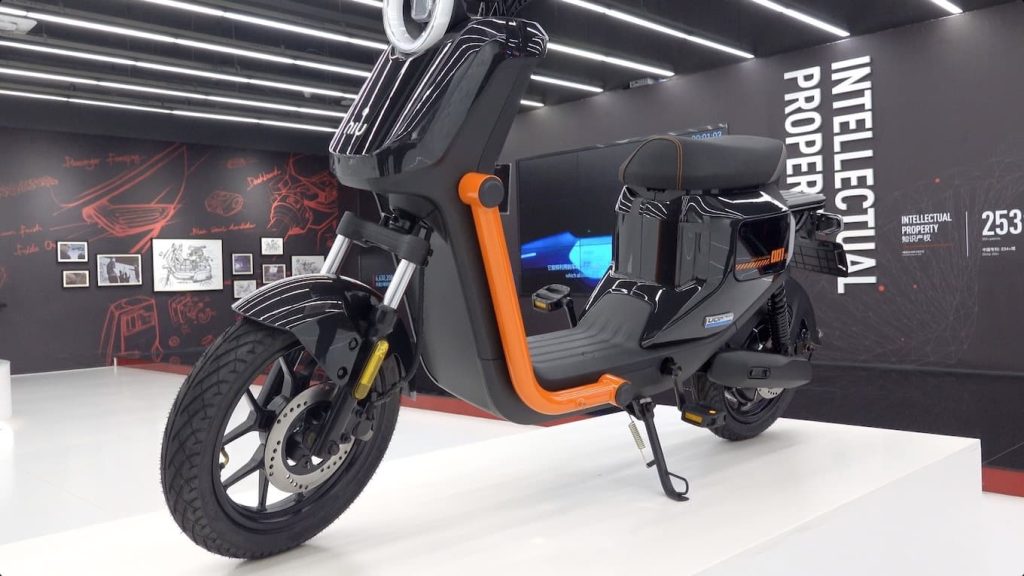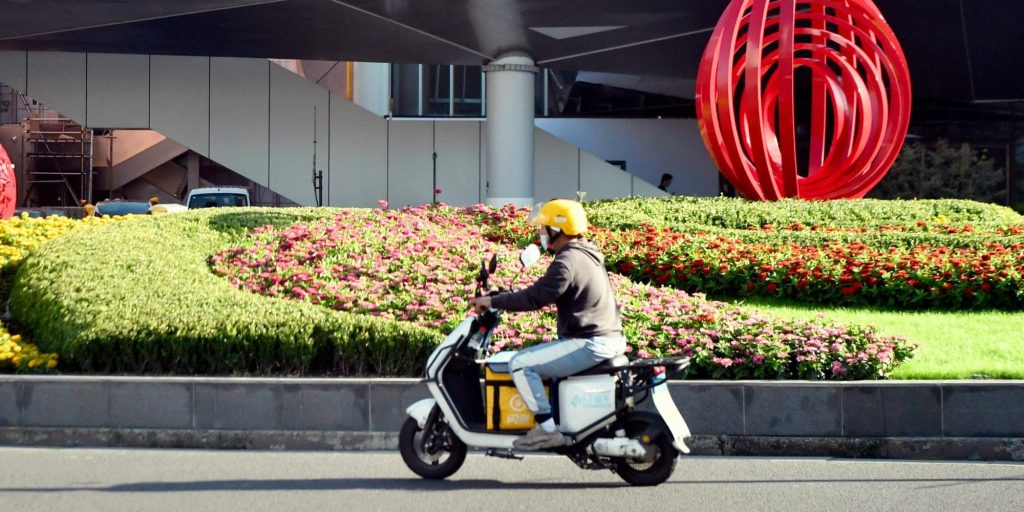
While much of the Western world is still figuring out how to get more people on electric bikes, China just flipped a switch, and the results are staggering. Thanks to a generous nationwide trade-in program rolled out around six months ago, China has seen an explosive surge in electric bicycle sales, with over 8.47 million new e-bikes hitting the road in the first half of 2025 alone.
The program, which offers subsidies to riders who trade in their old, often outdated electric bikes for newer, safer, and more efficient models, has sparked a new e-bike sale boom in a country already dominated by e-bike travel. In major provinces like Jiangsu, Hebei, and Zhejiang, over one million new e-bikes were sold in each region in just six months. That’s a tidal wave of e-bike sales.
The incentives vary depending on location and the model being traded in, but for many consumers, the subsidies cover a substantial portion of a new e-bike’s price – enough to turn a “maybe next year” purchase into a “right now” upgrade. And these aren’t just budget bikes either. The program has driven demand for higher-quality models with better batteries, safer braking systems, and more reliable electronics, accelerating both adoption and innovation across the industry.
The move has proven successful in replacing the millions of older models with lower-quality lithium-ion batteries that had posed safety risks around the country. Instead, China has pushed for higher-quality lithium-ion batteries, a return to a newer generation of higher-performance AGM batteries, and even interesting new sodium-ion battery options.

According to China’s Ministry of Commerce, more than 8.4 million consumers have participated in the e-bike trade-in program so far, contributing to a sales increase of 643.5% year-over-year and more than doubling sales month-over-month. Meanwhile, production of new electric bicycles rose by nearly 28%, as manufacturers scrambled to meet demand. The sales boosts have already been seen in the financial reports of major industry players like NIU.
And it’s not just the big players benefiting – over 82,000 small independent e-bike dealers reported average sales increases of ¥302,000 (around US $42,000), giving a serious boost to local economies.
What’s particularly striking here is how fast this happened. The program was officially launched late last year as part of a broader effort to stimulate domestic consumption and phase out outdated vehicles and appliances. But while most analysts expected gradual growth, the e-bike sector responded much more quickly. In less than a year, the trade-in subsidies have reshaped the electric bicycle market, creating a consumer-driven boom that shows no signs of slowing.
For those of us watching from outside China, it’s hard not to wonder what might happen if other countries tried something similar. While most families in Chinese cities already own an electric bike and thus see this as an opportunity to trade it in for a newer model, Western countries like the US are still figuring out how to stimulate commuters into buying their first e-bike.
It’s too soon to know exactly how long the boom will last or whether the momentum will carry into 2026 and beyond. We’ve seen bicycle industry bubbles grow and burst before. But one thing’s clear: with the right incentives, even modest ones, it’s possible to ignite real, large-scale change. China just proved it with nearly 8.5 million new e-bikes to show for it.
And if you’re wondering what it looks like when a country takes electric micromobility seriously, this is it.

FTC: We use income earning auto affiliate links. More.












